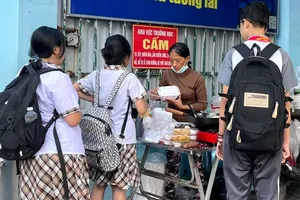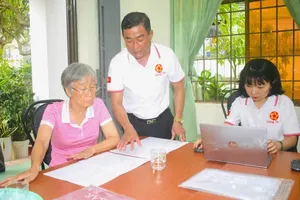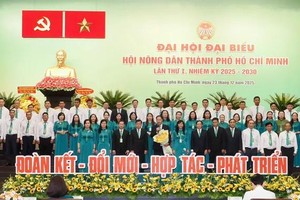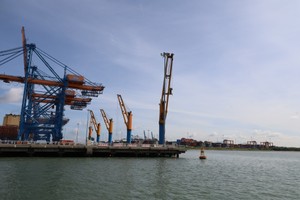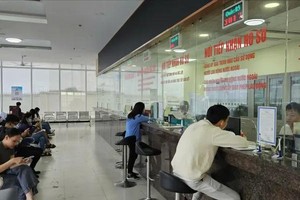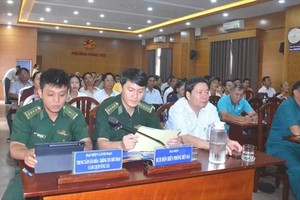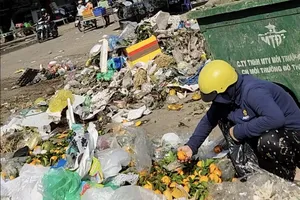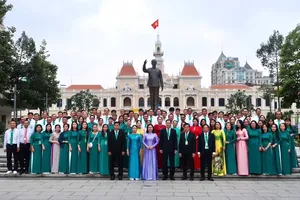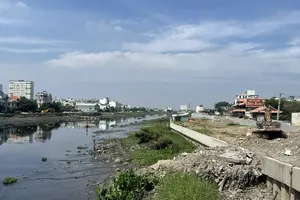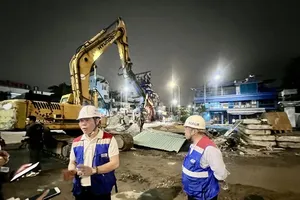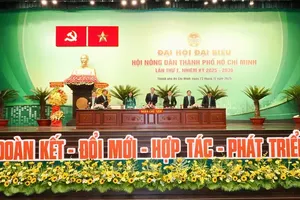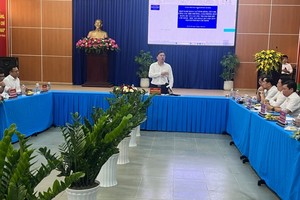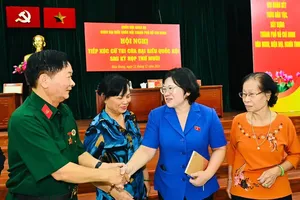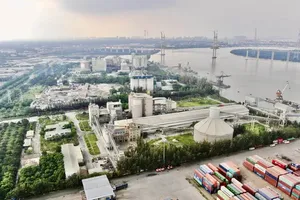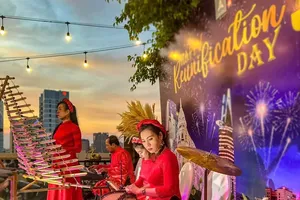The HCM City Department of Transport is carrying out a feasibility study to ban private vehicles on a 221ha zone in the city’s downtown.

The zone will include Le Duan, Nam Ky Khoi Nghia, Pasteur, Hai Ba Tru, Mac Dinh Chi, Dong Khoi, Nguyen Hue, Nguyen Du, Ly Tu Trong, Le Loi and many small streets.
It has many historical, cultural and tourism spots like the city hall, the court, Reunification Palace, Ben Thanh market, Tao Dan Park, Music College, Opera House and zoo.
Several parking areas will be designated for private vehicles in the area around the zone, and transportation inside it will be by public electric buses or monorail.
In 2012 too the city had drawn up a similar plan. Then it was a 930ha area and included a tunnel on Ton Duc Thang Street in front of Bach Dang Park for vehicles while the roads were for pedestrians only.
The latest plan has tweaked the old one, and will initially focus on a part of the 930ha around Nguyen Hue Street, which has become a pedestrians-only street during weekends and public holidays.
In future the area will be linked with the metro.
“This is the best time for the city to establish walking streets since it is taking back pavements for use by pedestrians,” Tuoi Tre (Youth) newspaper quoted Tran Quang Lam deputy director of the department, as saying.
“At first the walking-only area will be on Saturday, Sunday and public holiday nights.”
Do Hong Ngoc , the owner of a restaurant on Bui Vien Street, which will be part of the zone, said: “The walking street will make it difficult for travelling but be good for business.”
Chu Khac Hieu, a city resident, said: “The city should have parking lots nearby as well as a convenient bus system.”
Cao Hong Viet, deputy chairman of the Pham Ngu Lao Ward People’s Committee, revealed that 95 per cent of residents on Bui Vien Street want to make it a walking-only street.
“This is the place where foreign visitors live, and walking street would create a unique image for HCM City.”
Parking spaces for people who would like to enter the walking zone and public transport system inside are two difficult requirements policy makers have to ensure before embarking on the project.
Bui Vien Street will be used as a test case, with the trial beginning before April 30. It has around 20 alleys with 1,000 people living there. It gets 500 – 1,200 foreign visitors every day.
During the trial period, it will be off-limits to vehicles from 7pm to 2am on Saturdays and Sundays. Security cameras will be set up and officers will be on patrol. People can do business on pavements. There will be free toilets and wifi for visitors as well as assistance.
Le Dieu Anh, an expert on urban and community development at NGO Cities Alliance, said: “We should start with the question: what is the purpose of walking-only streets? If it is economic, local authorities must make a careful study.
“Authorities must carefully discuss with local residents how to properly organise space and operate the streets.”
Nguyen Ngoc Phuoc Dai of the HCM City Research and Development Institute said: “Authorities can hand over the management and use of walking streets to a company, which can be in charge of everything on the streets and has to pay tax.”

